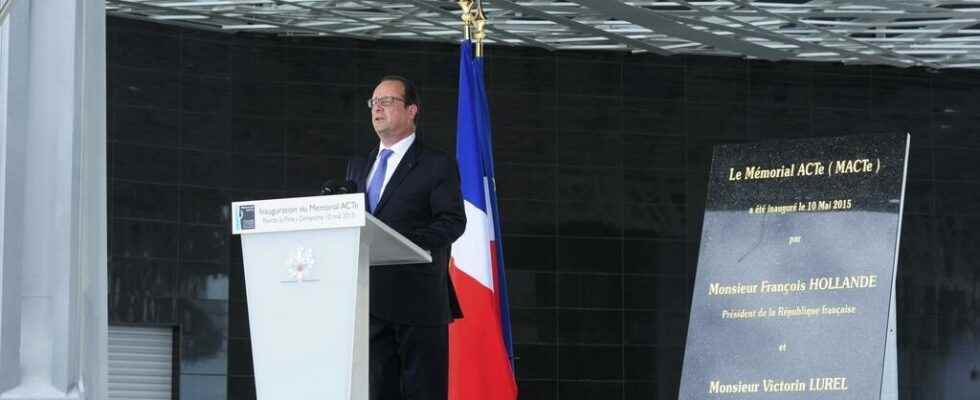The journalists of New York Times spent thirteen months consulting archival documents, account books and diplomatic correspondence about what is known in Haiti as the “independence debt”. The story is well known: after their declaration of independence in 1804, the Haitians definitely wanted to free themselves from the French tutelary power and began (in 1808) negotiations.
In 1816, President Pétion made this disastrous proposal to pay compensation to French owners. But the discussions did not succeed and in 1825, a French war squadron landed in the port of Port-au-Prince. On board, an emissary from King Charles X comes to impose his conditions: 150 million gold francs, to be paid in five annual installments or war. President Boyer capitulates and signs. But it is well beyond the means of his country.
France then offers to grant a loan, with huge interest. According to New York Times, the French bankers immediately take 40% of the total amount of the sum granted. The American daily therefore speaks of double debt, of ransom. He calculated the exact amount paid by Haiti to France: $560 million in present value. The daily tracked every payment made by Haiti over a period of 64 years and met the descendants of the beneficiaries. An unprecedented approach. And it is on this page of history too often ignored in France that Décryptage looks today with Constant Méheut, journalist of the New York Times, at the Paris office.
